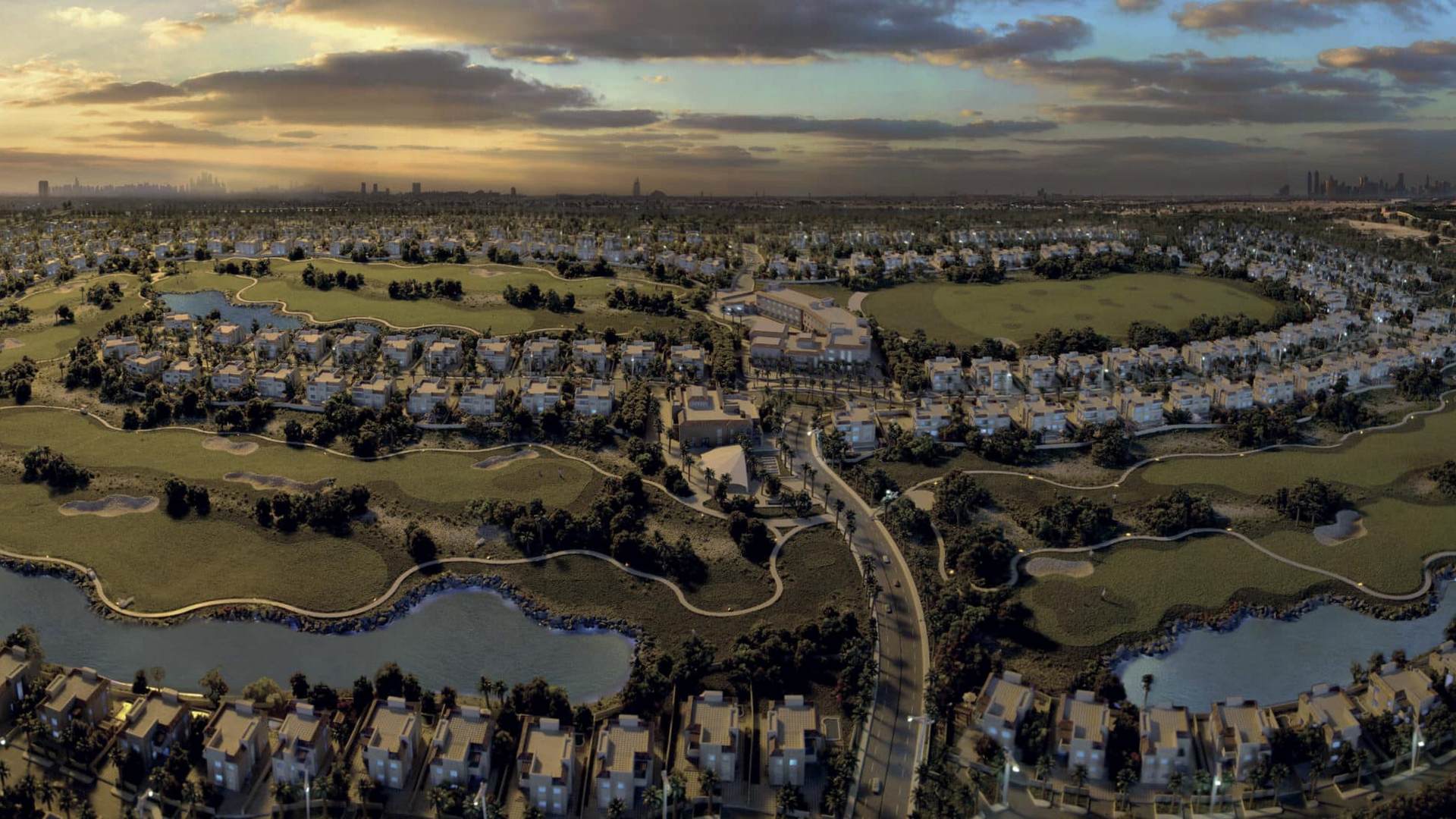Dubailand
Home / Dubailand
Description
Dubailand was a massive entertainment and tourism complex that was planned for development in Dubai, United Arab Emirates. It aimed to be one of the world's most ambitious and diverse leisure destinations, encompassing a wide range of entertainment, cultural, sporting, and residential attractions. Although my knowledge was last updated in September 2021, I can provide you with a general description of what Dubailand was intended to be:
Scope and Vision: Dubailand was conceived as a multifaceted project that would cover an expansive area of around 278 square kilometers (107 square miles), making it one of the largest entertainment and leisure developments globally. The vision was to create a self-contained city with a diverse array of attractions that catered to both residents and tourists.
Theme Parks and Attractions: A major component of Dubailand was its collection of themed amusement parks and entertainment zones. These parks were designed to appeal to various interests and age groups, ranging from adventure parks and water parks to cultural and historical attractions.
Cultural and Entertainment Venues: Dubailand was planned to have a variety of cultural and entertainment venues, including theaters, performance arenas, and exhibition spaces. These venues were intended to host concerts, theatrical performances, art exhibitions, and other cultural events.
Sports and Recreation: The complex was also designed to accommodate sports facilities and venues for various sports events. It was envisioned as a hub for sports enthusiasts, offering opportunities for both professional athletes and recreational participants.
Residential and Commercial Zones: In addition to its entertainment offerings, Dubailand aimed to provide residential communities with a range of housing options, including apartments, villas, and townhouses. The development also included commercial areas with shopping malls, restaurants, and other retail establishments.
Environmental Considerations: The developers of Dubailand expressed a commitment to sustainable and environmentally friendly practices. The project was expected to incorporate green spaces, conservation efforts, and innovative urban planning concepts.
Offplan Properties in Dubailand



 Quick Chat
Quick Chat 
